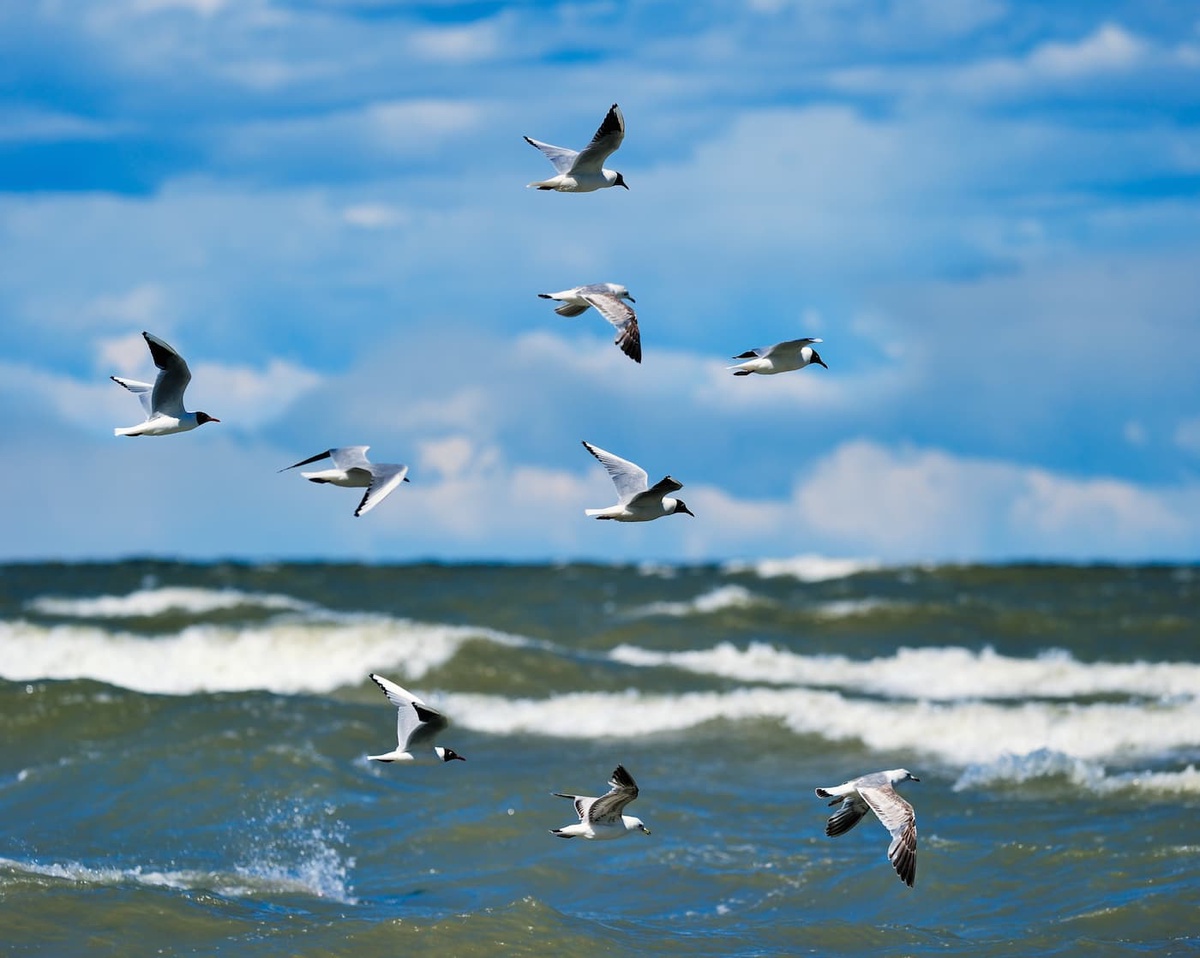
Recreating annual fish migration routes
To reduce variance and uncertainty in assessments of top-level predator distributions, the PREDICT project brings together multiple datasets, from historical ICES International Bottom Trawl Survey (IBTS) to MMO commercial landings data, to identify the locations and timings of where multiple fish species (e.g., sandeels, herring, mackerel, sprat, and juvenile gadoid species) are available as common prey. This will enable us to recreate annual fish migration routes and generate seasonal maps of overlap for multiple species to elucidate spatio-temporal trends in growth rates and track annual cohorts with a greater degree of precision. The creation of individual seasonal maps will help us to identify where planned locations of future windfarms may overlap with high use areas in the annual cycle of fish movement during their migration.
Novel autonomous platforms
PREDICT will further identify years, regions, oceanographic and finer-scale features (e.g. frontal and highly stratified areas) to predict mechanisms driving variability in annual fish migrations that are the most likely cause of high variation in seabird and marine mammal distributions. The use of innovative technologies and novel sensor (autonomous) platforms will help facilitate this task by identifying the types and combinations of instrumentation needed in the specific locations of critical marine habitat types to simultaneously collect data on environmental drivers and prey availability. This study will increase ecological understanding and help to de-risk renewable developments in shallow and coastal seas worldwide, as offshore wind fulfils increasing demand for clean energy.
